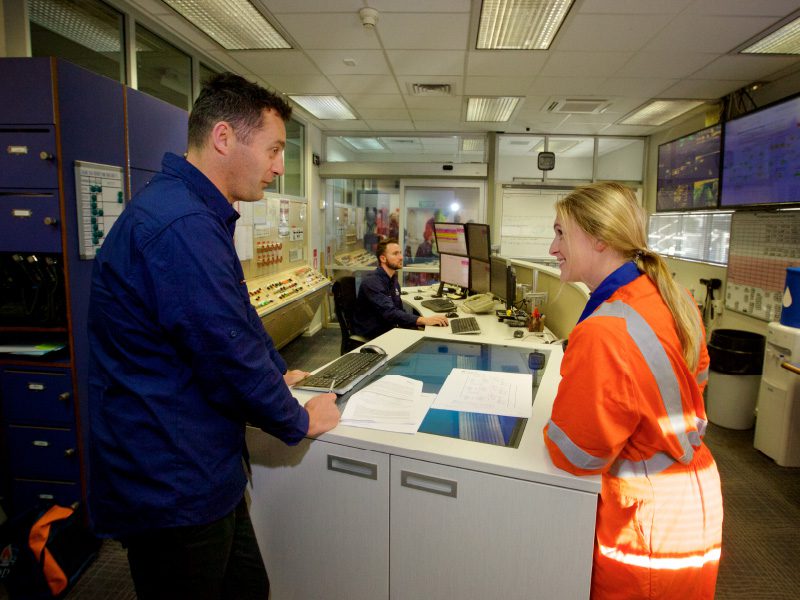Permit to Work
The Common Permit to Work (CPTW) system is used at Todd Energy sites to provide a work management structure which assists to protect people, assets and the environment through Control, Communication, Co-operation and Co-ordination, when work is carried out. It is a formally documented process used to manage work that is identified as significantly hazardous, by making sure all safety measures are in place before work starts.
Todd Energy is a contributor to the Taranaki Common Permit to Work Committee whose vision is:
“To support the goal of Taranaki industry to have zero harm to people, the environment, property and reputation through consistent and accurate application of a robust permit to work system.”


PermitMe
Todd Energy has designed an application called PermitMe to streamline the entire process of creating, reviewing, submitting, and authorising permits within Todd Energy-operated facilities in alignment with the Common Permit to Work (PTW) process.
PermitMe enhances transparency and facilitates feedback loops in the Permit to Work process, resulting in significant efficiency improvements.
If you are a contractor to Todd Energy and require access to generate permits for tasks associated with Todd Energy facilities, kindly reach out to us at ToddEnergyPTW@toddenergy.co.nz, and we will provide you with a direct link to access PermitMe.
Todd Energy Common Permit to Work Checklists
Adverse Weather Conditions Guideline
Common Permit to Work Manual - FAQs
Common Permit to Work Manual - PCF Aids
Control of Static Electricity Work Instruction
Flange Bolt Torquing Engineering Specification
Food Grade CO2 Worker Hygiene SOP
PermitMe Job Aid 4000 - IsolateMe Housekeeping - Isolations
PermitMe Job Aid 4001 - Request a New Isolation
PermitMe Job Aid 4002 - Create a Non-Complex Isolation
PermitMe Job Aid 4003 - Create a Complex Isolation
PermitMe Job Aid 4004 - How to Apply CMI & EPI Status
PermitMe Job Aid 8000 - PCF Housekeeping - Permits
PermitMe Job Aid 8001 - Guide for New PermitMe Users
PPE Requirements for Work in Proximity to Electrical Equipment SOP
Safe Handling of Compressed Gases
Temporary Barriers and Barricades SOP
Common permit to work objective
- To provide a robust and common work management system which assists to protect people, assets and the environment through proper control, communication, co-operation and co-ordination, when work is carried out in a specified area
- To assist user companies to fulfil their legal obligations under the Health and Safety at Work Act 2015, The Resource Management Act and associated regulations.
Common permit to work purpose
- The CPTW system has been developed for the purpose of improving the quality of permit to work safety management and as such there are no restrictions on its use
- To be a common system across industry (requested by Taranaki industries in 1998)
- To define minimum training requirements for Permit to Work users.
